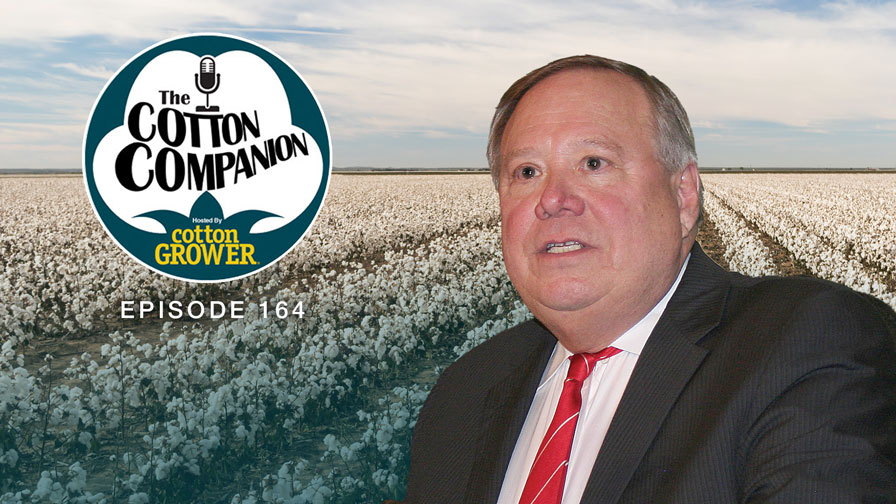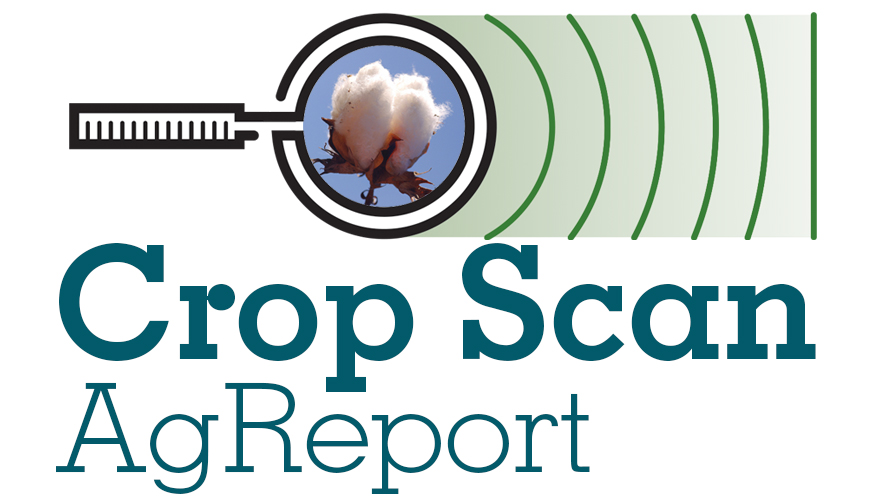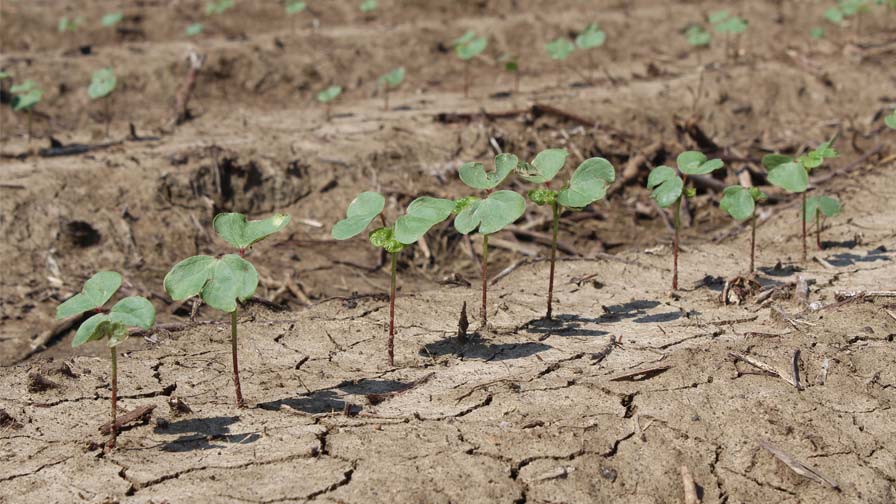Optimism from Cotton’s Leaders
On a global level, the closest thing cotton has to a common governing body is the International Cotton Association. The organization has 166 years of service in the industry and is the world’s leading cotton trade association and arbitral body.
Likewise, the American Cotton Shippers Association is a fairly accurate representative body for the U.S. industry. With members located in all parts of the country, the group inextricably tied to all stops along cotton’s supply chain, from producers to retailers.
Suffice to say, these organizations wield a great deal of influence to cotton on a national and international level, and they harbor a great deal of insight into the health of the industry. An optimistic outlook from either of the two organizations generally means better days are ahead.
“For the first time in many years, I think that all segments of the cotton industry are feeling far more optimistic about the cotton industry,” says ICA President Cliff White, who also serves as president of Queensland Cotton Association.
“That goes for the producers and the spinners. And the price obviously has helped to generate a lot more optimism for the industry, and we’ve stabilized the industry after two very difficult years and I think everyone is looking forward with a sense of optimism and a bit of confidence,” he says.
Because of the ICA’s nature, exports are highly important to the success of its members. For that reason the U.S. crop is drawing lots of interest from the organization.
“The U.S. is the major exporting country in the global cotton trade. It’s obviously very pleasing for everyone involved in the U.S. cotton industry to see the rebound in production and we’re going to see a significant increase in crop size for this new crop, and that puts us in a good position to participate in the export markets a bit more than we have in the 2009/10 season,” says White.
White acknowledges that the past two years have taken a toll on the ICA. Consolidation and attrition have significantly decreased the organization’s membership as traditionally “family owned” merchants have faded out of the industry, and multi-crop global commodity businesses have survived.
“What that brings is far more financial strength, but also the appreciation for what’s going on in other commodity markets, not just the cotton market,” White says. “I think that’s a big plus for the industry as well,” White says.
A New Breed
Allenberg Cotton Company CEO Joe Nicosia is a prime example of the new brand of cotton merchants. Nicosia and company conduct extensive research analyzing cotton as well as its competitive crops from around the world to make projections on the state of the industry. Nicosia also served as president of ACSA last year — a position that afforded him a better view of the national industry.
“I think the production side is fairly optimistic,” Nicosia says. “We’ve finally got cotton prices back up to levels that offer a relatively fair remuneration to the grower. Obviously, they are hopeful that the prices could get a little higher. But I do think we’ve turned the corner as far as the reduction in acreage and the pessimism among the grower community in their production of cotton.”
Nicosia suggests that growers are only cautiously optimistic about where prices could go in the coming year, and for good reason. Yield variations from around the world have been difficult to judge in recent years, especially with record yields raising the potential ceiling of what world production could be in a given year. With the right growing conditions, world stocks could become an issue again in a very short time.
“There’s the potential to grow extremely large crops or smaller crops in a given year. My worry would be if we got too much of a response with too perfect growing weather, that it could increase the crop substantially in one year and put us right back in an oversupply situation,” says Nicosia. “So I’m hoping for a more balanced situation this year. It looks like its going to be that way. But we’ve got to pay close attention to yield.”
While Nicosia is urging cautious optimism for U.S. growers this year, a counterpart of his describes a different situation for traders.
“The marketplace is wide open. But it’s a global marketplace and everybody is fighting for everything. Cotton is keeping pace with everybody else, there’s no preference. It’s price against price, it’s country against country,” says Anthony Tancredi, president of Allenberg Cotton Co.
Tancredi says increased acreage in the U.S. spurred by better prices has been a healthy thing for the industry as a whole. The environment for traders is one that is rife with opportunity, but it carries risks as the industry emerges from two years of difficulty.
“The market has changed considerably. With what was a relatively conservative program, for years you could go without a problem. But now that we have increased speculation in the marketplace, now that the market is global, the new trade environment is such that if you make a mistake, you are completely gone, you disappear,” he says.








